

BEYOND THE STANDARD は、誇るべきオーケストラの文化がこの国にはできているにも拘わらず、良い会場で録音を重ね、財産として後世に遺す伝統があまりないアンバランスを、打破しようとする企画だ。
しかも選曲にもはっきりした意図がある。スタンダードな名曲。その既成概念を壊そうというのだ。
バッティストーニが本気で日本人作品を録音することにはとてつもない意義がある。
さあ、あなたもバッティストーニとともにレパートリーの壁を越え、スタンダードを更新しよう。
音楽評論家 片山杜秀


様々な価値観が乱立し、規範がないこの時代、改めて教養の大切さが喧伝されるなど、人々は自らの道しるべとなるものを求めています。
時代が移り変わっても、繰り返し立ち戻り、新しい道を踏み出すときにその礎となるのが、スタンダードです。
クラシックの世界で、そのようなスタンダートといえるのは、18世紀から19世紀の古典派からロマン派に至る名作群でしょう。
21世紀を迎えた今、多様化したクラシック界でも、日本は演奏家やホールの充実や映像、ゲーム音楽との融合などで、新しい動きを生み出す可能性を秘めています。
改めて、クラシックのスタンダードを取り上げ、この50年間で生まれた日本の名曲を組み合わせることで、クラシック界の新しい創造の基盤ともなるプロジェクトとして、【BEYOND THE STANDARD】を企画しました。
スタンダード作品は、スコアという原点に立ち戻り、現代の感性でそれを見つめる時、常に発見をもたらしてくれるものであり、それを可能にする深い洞察力と音楽に鮮やかな生命を吹き込む力を持った指揮者バッティストーニにより、スタンダードの尽きぬ魅力を届けます。

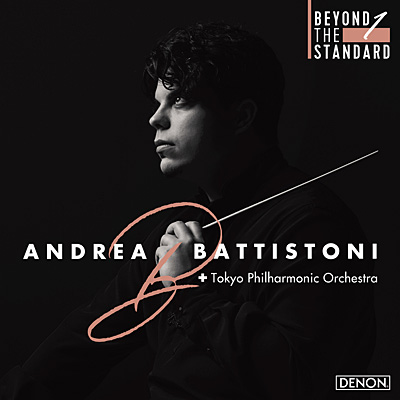

【録音】2017年6月1-2日 東京オペラシティ コンサートホール
1-2 June,2017 Tokyo Opera City Concert Hall
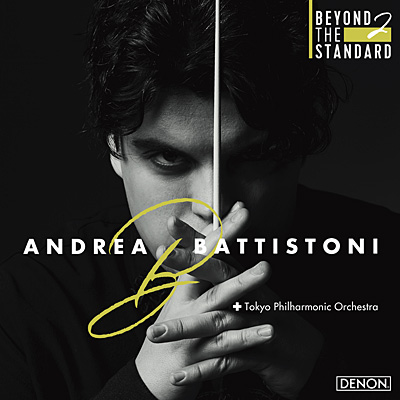
【録音】2018年5月21-22日 東京オペラシティ コンサートホール
21-22 May,2018 Tokyo Opera City Concert Hall
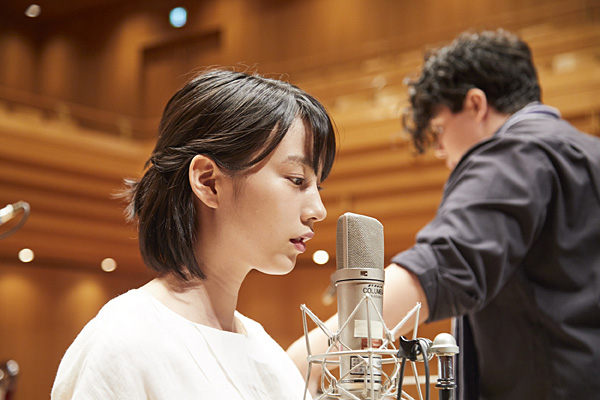
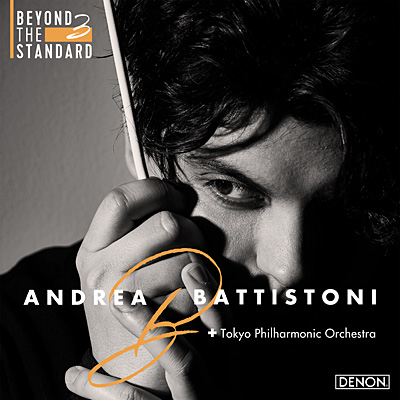
上野耕平(サクソフォン) Kohei Ueno (Saxophone)
山中惇史(ピアノ) Atsushi Yamanaka (Piano)
石若駿(パーカッション) Shun Ishiwaka (Percussion)
【録音】2019年4月8-9日 東京オペラシティ コンサートホール
8-9 April, 2019 Tokyo Opera City Concert Hall

【録音】2018年5月20日、2020年1月21&22日 東京オペラシティ コンサートホール
20 May 2018, 21&22 Jan. 2020, Tokyo Opera City Concert Hall
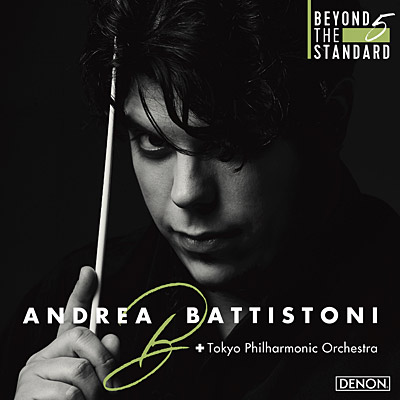
【録音】2017年6月2日、2019年4月8-9日、2020年1月21-22日 東京オペラシティ コンサートホール
2 Jun. 2017, 8&9 Apr. 2019, 21&22 Jan. 2020, Tokyo Opera City Concert Hall
(2018/4/17掲載)
2020/10/21発売BEYOND THE STANDARD第5弾アルバム『オーケストラ名曲集』(UHQCD:COCQ-85511 ¥3,300 (税抜価格 ¥3,000))を下記の対象チェーン・店舗でご予約・ご購入いただいた方に、先着でオリジナル特典を差し上げます。
【対象店舗】
Amazon.co.jp:メガジャケ(CDジャケット絵柄)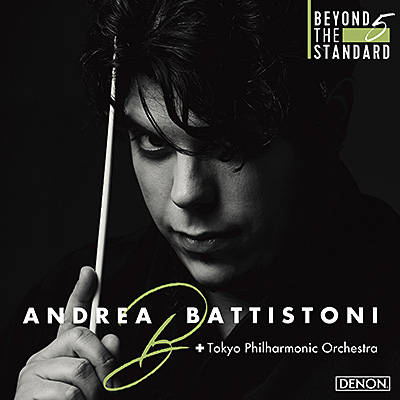
タワーレコード/タワーレコードオンライン
HMV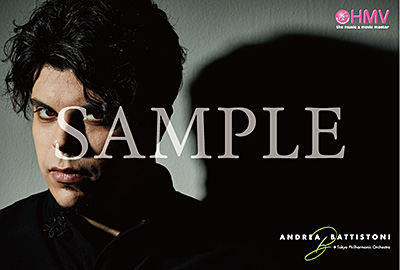
山野楽器ソフトおよびオンラインショップ
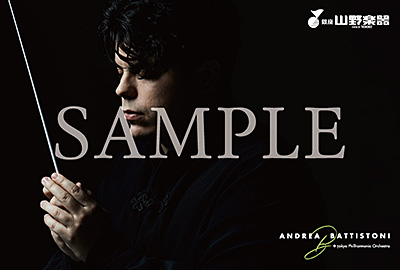
※特典は商品ご購入時のお渡しとなります。
※特典は先着となり、無くなり次第終了となります。予めご了承ください。
※特典の有無など詳細は、各店舗へ直接お問い合わせください。
(2020/10/14掲載)
2018/10/24発売『チャイコフスキー:交響曲第6番「悲愴」/武満徹:系図−若い人たちのための音楽詩−』
本アルバムの裏カードおよび解説書に記載されている演奏者名の中で、一部誤りがありました。
[誤]太田智美(アコーディオン) [正]大田智美(アコーディオン)
今後このような事態が再発しないよう万全を期してまいりますので、何卒ご高配賜りますようお願い申し上げます。
(2018/11/02掲載)
 ©Masatoshi Yamashiro
©Masatoshi Yamashiro